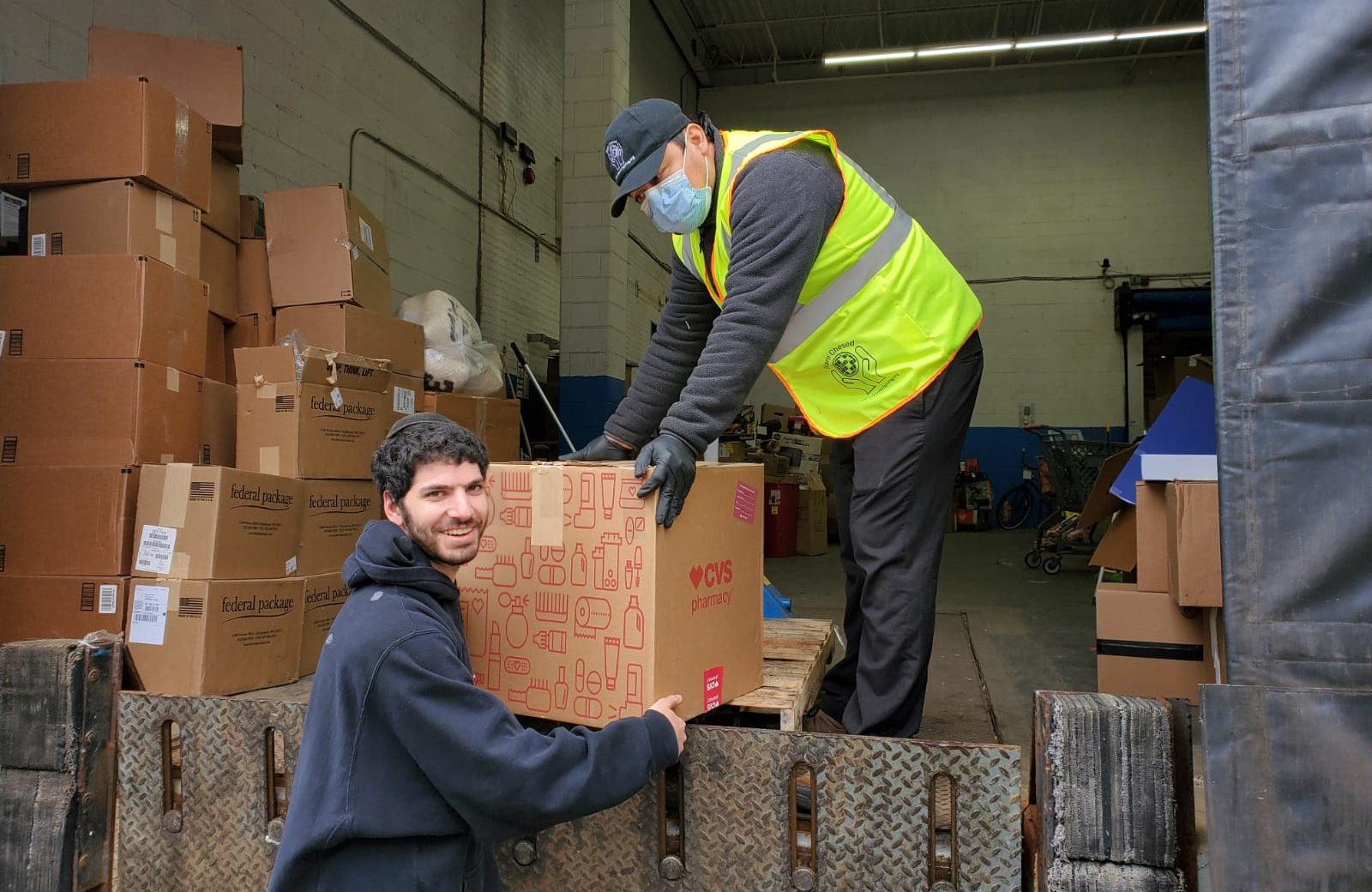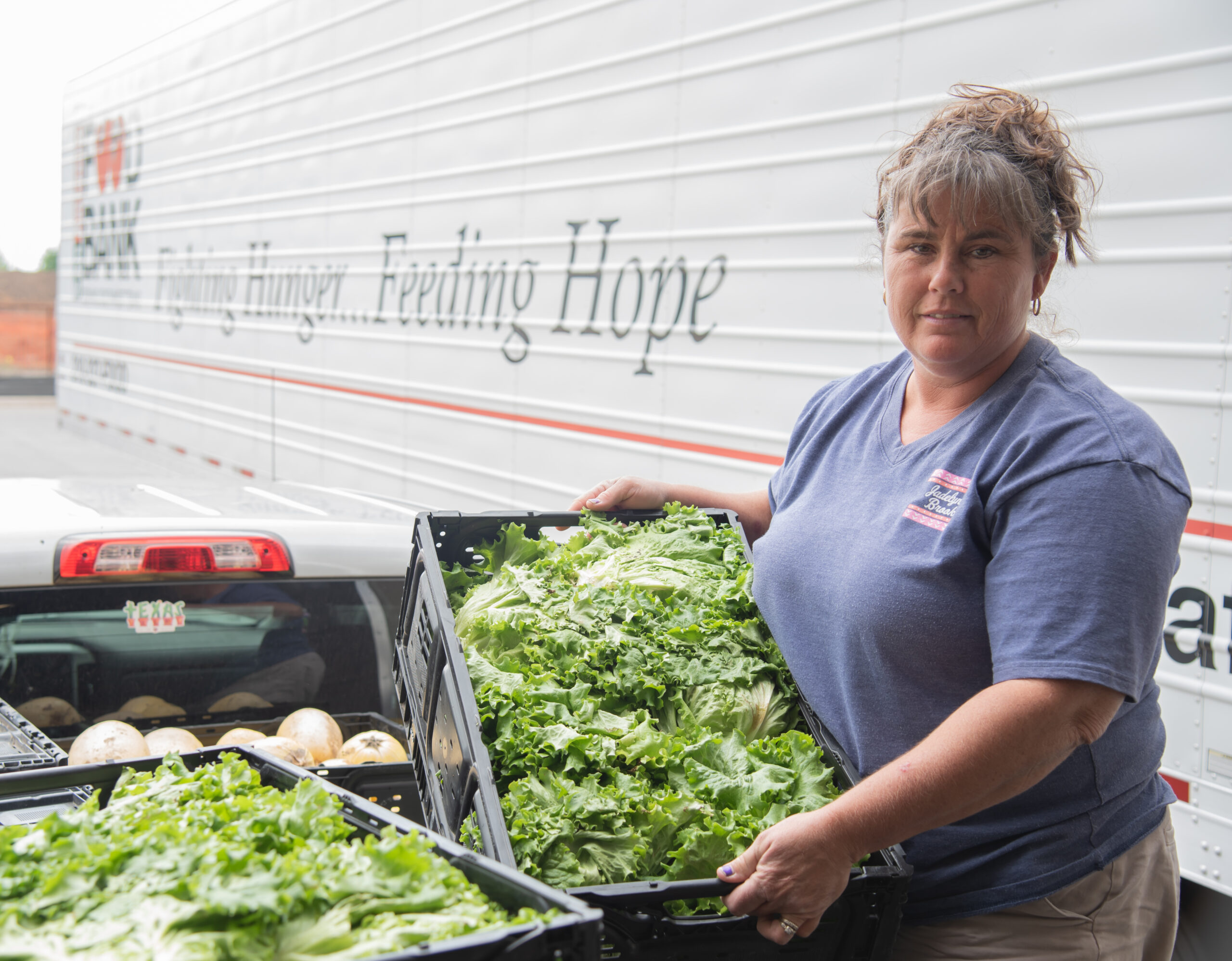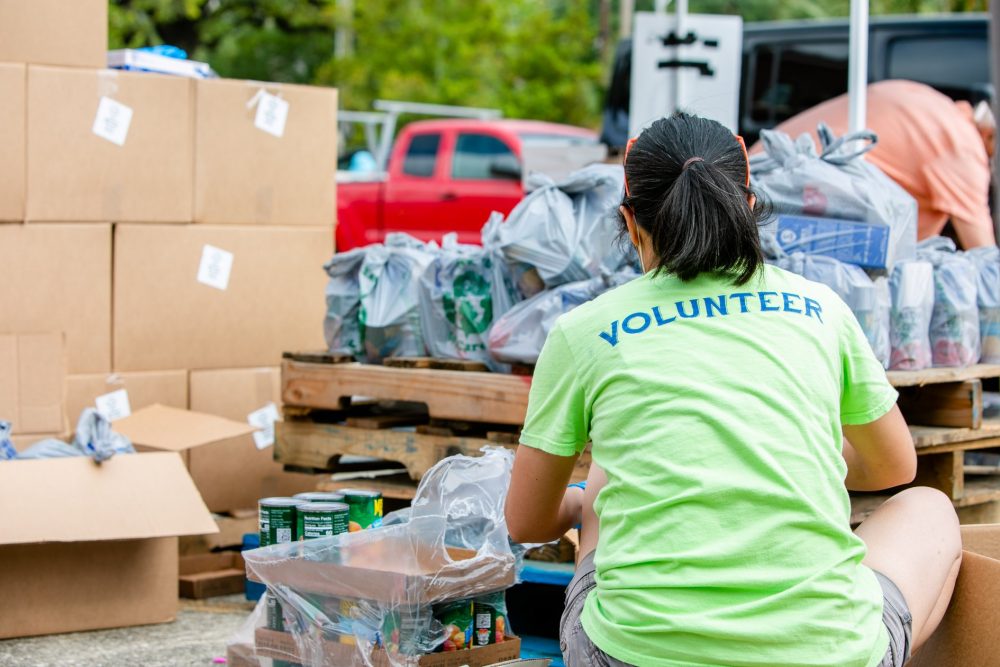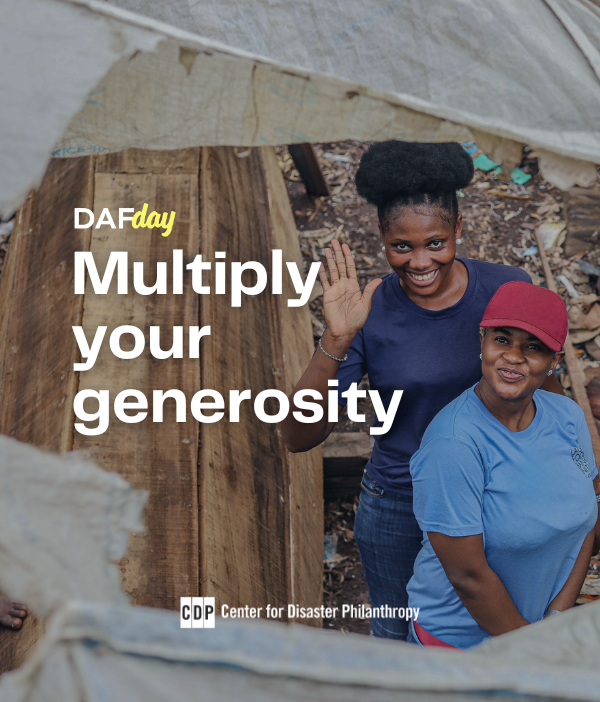How Funders Responded to COVID-19
Now, more than any other time in recent history, is the moment for philanthropy to spend like it never has before. The dual pandemics of COVID-19 and social injustice have tested the physical, economic and social health of every corner of the globe. Philanthropy, in all forms, must strive toward generosity that is as unprecedented […]

Now, more than any other time in recent history, is the moment for philanthropy to spend like it never has before. The dual pandemics of COVID-19 and social injustice have tested the physical, economic and social health of every corner of the globe.
Philanthropy, in all forms, must strive toward generosity that is as unprecedented as these pandemics. Grantmakers and donors need to go beyond minimum requirements and business as usual to get human, financial and technical resources in the hands of those organizations and individuals who need it most.

A new report, Philanthropy and COVID-19 in the first half of 2020, authored by Candid in close partnership with the Center for Disaster Philanthropy (CDP), offers these key findings about how institutional grantmakers and donors have so far responded to the coronavirus pandemic:
- In the first half of the year, more than $11.9 billion was awarded for COVID-19 globally.
- Corporations accounted for nearly two-thirds of funding.
- Community foundations awarded more grants than any other grantmaker type (47 percent of total awards).
- Gifts by high-net-worth individuals accounted for at least $1.6 billion.
- Donors donated a combined $452.9 million through the donor-advised funds of Fidelity Charitable, Schwab Charitable and Vanguard Charitable.
- Proportionately little institutional funding was explicitly designated for specific populations, including communities of color and other vulnerable populations.
I learned years ago from a communications colleague that there is no story without data and no data without story. Philanthropy and COVID-19 in the first half of 2020 brings forth the story of how philanthropy responded during the first six months of the year and the facts and figures of where dollars were allocated. And yet, we cannot forget the human toll that the dual pandemics are taking on everyone – especially Black, Indigenous and people of color (BIPOC). The dollar figures portrayed above are staggering in their amounts but not nearly enough to change the course of the COVID-19 pandemic response and to prepare communities here and abroad for effective and equitable recovery.
As the pandemic continues, CDP recommends funders take these steps to support the most vulnerable populations and address immediate and long-term needs:
- Support local groups with a focus on communities of color, older adults, disabled persons and other vulnerable populations.
- Provide unrestricted support to give current grantees flexibility to use funding where it is needed most.
- Allow current grantees to shift restricted grants to general operating support.
- Give to existing funds that can quickly distribute grants to local organizations.
- Partner with other funders.
- Fund land trusts to help maintain affordable housing.
We have seen incredible generosity since the outbreak of the pandemic. Yet, we in the philanthropic community must push ourselves to give more and give smarter. The economic, social and health impacts of the pandemic will outpace every donated dollar unless we support the most vulnerable among us. We all hope this report will give you the tools to help make more informed and strategic investments in the month ahead.
I will end with three notes of sincere appreciation. Thanks to you for your interest in this data. Thank you to our funders – this report was made possible by the generosity of hundreds of philanthropists who have donated to the CDP COVID-19 Response Fund. Thanks, too, to our team here at CDP and at Candid, for the partnership and commitment to equitable recovery for all.
More like this

What We Don’t Know About COVID-19 Funding, and How You Can Help


